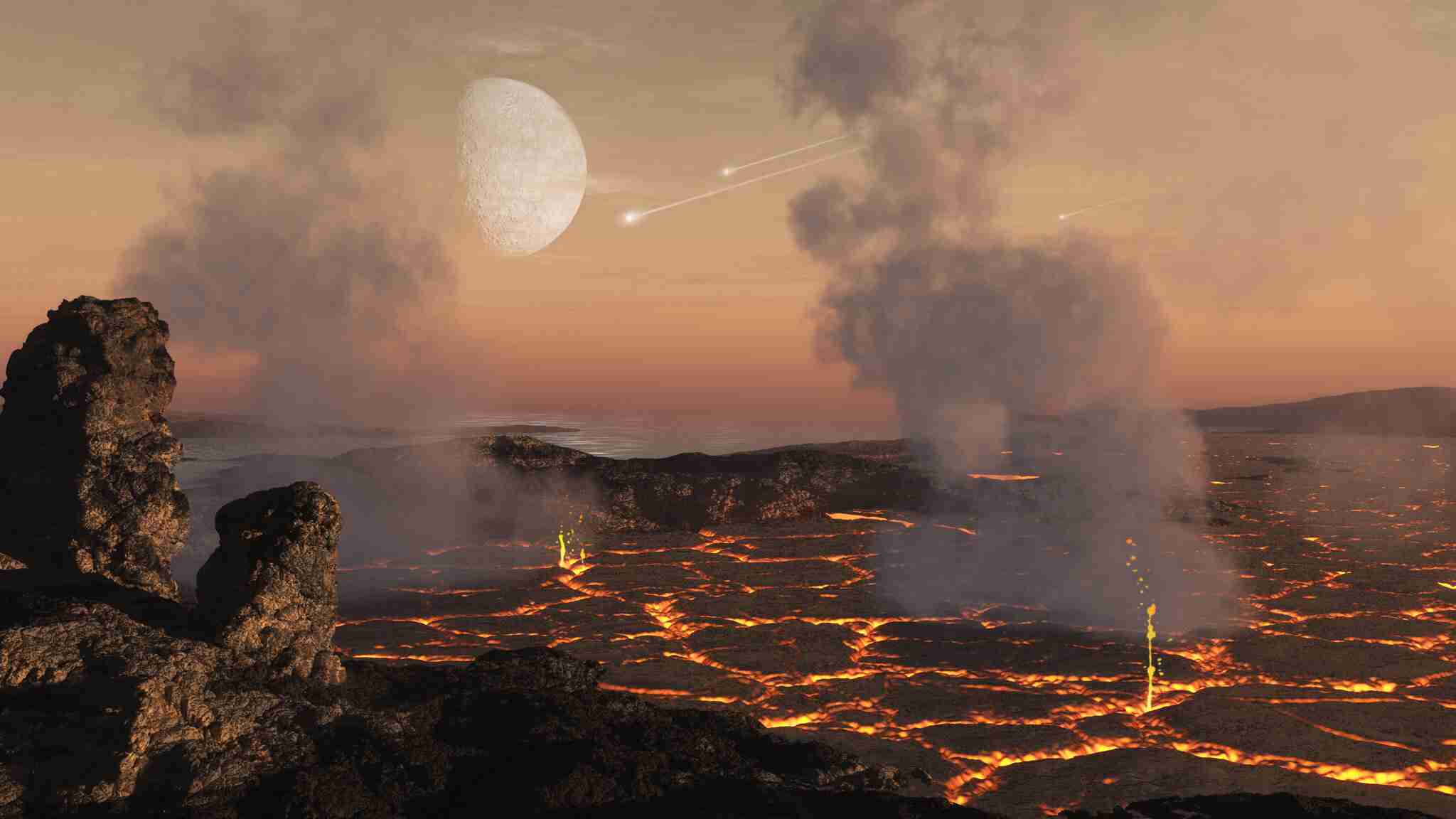NASA Spacecraft Leaves Mark of Bennu Asteroid
On Thursday, fresh photographs appeared showing the imprint left on an asteroid by a NASA spacecraft when it returned to Earth after capturing a cargo of trash last year. On April 7, the Osiris-Rex spacecraft flew over the asteroid Bennu for the last time to capture images of the damage caused by the sample harvest in October.
Where the Osiris-Rex makes contact with the asteroid’s surface, a depression can be seen. The boulders were launched using the spacecraft’s escape rocket and pressurised nitrogen gas blasted towards the ground to churned the particles for suction. A rock weighing about a tonne was hurled a distance of around 40 feet (12 metres).

Updates on NASA’s Spaceships Bennu Asteroid
In order to get the greatest possible photograph, the Osiris-Rex crew meticulously arranged the last flyby. The stony surface of Benue was photographed inside this afternoons to minimise the effects of shadows and maximise visibility of surface variations.
Dathon Golish of a University of Arizona stated in a statement, “Those discoveries were not included in the primary mission goal, consequently we were pleased to go return and record what we accomplished.”
By the end of the next month, Osiris-Rex will have departed from the region surrounding Benue, bringing with it a priceless 2-pound (1-kg) specimen sample to analyse back on Earth. A 2023 release date has been set.
Headquarters for NASA Spacecraft
Carbon-rich, solar-orbiting asteroid is located 293 million kilometres (182 million miles) from our planet. Researchers hope to learn more about the formation of the planets in our solar system and what to do if an asteroid ever threatens Earth by analysing the pieces of the space rock that have been recovered.
Photos published on Thursday show that the Anasa spaceship left a mess on such a meteorite last year after it snagged a cargo of trash its route to Earth.
On April 7, the Osiris-Rex spacecraft performed its last flyover of the meteorite Bennu Asteroid to capture photographs of the damage caused by the sample harvest in October.
Where the Osiris-Rex makes contact with the asteroid’s surface, a depression can be seen. The boulders were launched using the spacecraft’s escape rocket and pressurized nitrogen gas blasted towards the ground to churned the materials for suction. A rock weighing about a Bennu Asteroid was hurled a distance of around 40 feet (12 metres).
Spacecraft from NASA Liftoff
In order to get the greatest possible photograph, the Osiris-Rex crew meticulously arranged the last flyby. The stony surface of Benue was photographed in the afternoons to minimise the effects of shadows and maximise visibility of surface variations.
Since the start of the touch-and-go (TAG) sample collection campaign around October 20, 2020, the spacecraft has flown as near to the asteroid as 2.3 kilometers (3.7 km). The spacecraft’s sample head dipped about 1.6 feet during the TAG. (4.7 cm) sent a pressurised blast of nitrogen flow through into surface of the asteroid, churning up surface material and depositing part of it in the collecting container.
As the spaceship was being manoeuvred off from either the asteroid, its thrusters flipped over boulders and blew away dust. Disturbances on the surface may be seen clearly in both pictures. There seems to be a dip where the sample was collected, with numerous huge stones visible below them. In contrast to the surface’s overall darkness.
Solar System by NASA
Many boulders were relocated and there was an increase in the quantity of highly reflecting material close to the TAG point. Where the thrusters are firing, there is sufficient mass movement. In the form of a campfire ring, the plume uplifted a number of sub-meter rocks, which may also be observed at the edges of minor craters on the surface.
Goddard Space Flight Center research investigator Jason Dworkin in Greenbelt, Maryland, noticed that a rock located 4 feet (1.25 m) from the border of the sample location showed only on the post-tag picture. The rock presumably weighs roughly a tonne, which puts its bulk between that of a cow and a vehicle.
Read Also: Baked Meteorites Yield in Layers of the Atmosphere
This inscription is likely to be one of pieces in the post picture, but it is too near to the specimen position, therefore it was probably thrown 40 ft Away. (about 12 m) by both the sample collecting programme, as subsequently reported by the mission’s chief investigator, Dante Lauretta of such University of Arizona.
Planets from NASA
The crew had to meticulously organise this last flyover in order to evaluate before and afterwards photographs. According to OSIRIS scientist Dathon Golish: “Benue is rugged and rugged, because if you view at it from an unique viewpoint or grab it during a moment whenever the sun is not high in the sky, it significantly alters that What happens when surface look like.” -The University of Arizona hosts the headquarters of the REX Image Analysis Taskforce.
These pictures were shot on purpose during midday, when the sun was straight above and there was little shade.
Golish said that the team was eager to return and write up their findings since “these discoveries were not part of the original mission plan.” The crew came through as a unit throughout the last storm.



